Iraq: Navel of the World
Country Life
The Tigris and Euphrates rivers dominate the countryside of Iraq, flowing through mountains and rolling hillsides down into the flat plains and marshland towards the Gulf. The rivers and the canals running off them were important sources of food, transport, and irrigation.
The northern Iraqi countryside is very rugged, with lush spring vegetation. There is adequate rainfall for crops to grow even without artificial irrigation. In the south, however, farmers are dependent on water from canals and rivers to nourish their plants throughout the growing season. Typical arable crops are barley, lentils, and nowadays rice. Traditional fruit and vegetables include dates, apricots, onions, leeks, and chick peas. More recently tomatoes and oranges have been extensively cultivated too.
Sheep and goats have been herded in Iraq since prehistoric times, as well as cattle, water buffalo, and pigs. Wild marshland birds and fish have also provided important food sources. The marshes and canals are home to vast reed beds, which provide versatile raw materials for all sorts of objects, from small household tools to large boats. There are very few stone or metal resources in Iraq; nowadays oil and dates are Iraq's only substantial commercial exports.
Click on the images below to find out more.
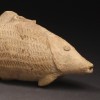 |
 |
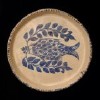 |
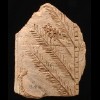 |
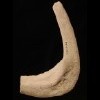 |
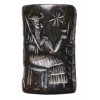 |
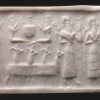 |
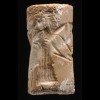 |
 |
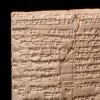 |
 |
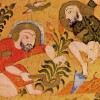 |
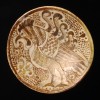 |
Updated on 2004-04-03 · Copyright © The Ashmolean Museum, 2004.
